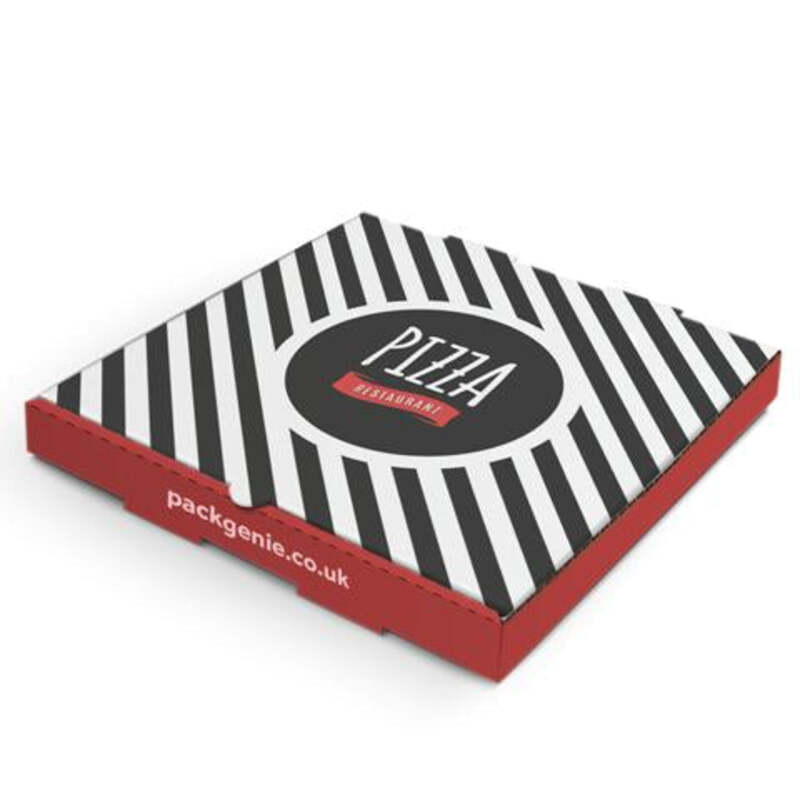Disposable Food Packaging Containers A Sustainable Perspective
In recent years, the foodservice industry has seen a significant rise in the use of disposable food packaging containers. These containers, designed for single-use, offer convenience and efficiency, catering to the modern consumer's fast-paced lifestyle. However, the environmental impact of disposable packaging has sparked a global conversation about sustainability and responsible consumption. In this article, we will explore the various types of disposable food packaging containers, their advantages and disadvantages, and potential sustainable alternatives.
Types of Disposable Food Packaging Containers
Disposable food packaging containers come in an array of materials, each with its own set of characteristics. Common types include
1. Plastic Containers Made from materials like polyethylene (PET) and polypropylene (PP), plastic containers are lightweight, resistant to moisture, and versatile. They are widely used for takeaway meals, deli foods, and pre-packaged items.
2. Foam Containers Usually made from expanded polystyrene (EPS), foam containers are popular for their insulation properties, keeping hot foods warm and cold foods cool. However, their environmental impact is considerable as they are not biodegradable and can take hundreds of years to decompose.
3. Paper and Cardboard Containers These are often made from recycled materials and provide a more sustainable option. While they are biodegradable and recyclable, they may not always offer the same level of moisture resistance as plastic.
4. Biodegradable Containers Made from materials like cornstarch or sugarcane, biodegradable containers are designed to break down more quickly than traditional plastics. They offer a more eco-friendly alternative, although they often come at a higher price point.
Advantages of Disposable Food Packaging Containers
The primary advantage of disposable food packaging containers is convenience. For consumers, they eliminate the need for washing and reusing, making them ideal for busy lifestyles and on-the-go meals. Additionally, they help maintain food safety and hygiene, as they come in sealed, single-use formats that reduce the risk of contamination.
disposable food packaging containers

For businesses, these containers reduce labor costs associated with cleaning and storage. They also provide an opportunity for branding, with companies using printed logos and designs to promote their identity and attract customers.
Disadvantages and Environmental Concerns
Despite their convenience, disposable food packaging containers pose significant environmental challenges. The production of these materials involves the consumption of natural resources and contributes to pollution. Furthermore, many of these containers end up in landfills, where they can take years, if not centuries, to decompose.
Plastic pollution is particularly concerning, as plastic waste can harm wildlife and ecosystems. Marine life, for example, often ingests plastic debris or becomes entangled, leading to devastating impacts on biodiversity. The ubiquitous nature of disposable containers has prompted movements calling for bans or restrictions on single-use plastics worldwide.
Moving Towards Sustainability
In response to these challenges, both consumers and businesses are increasingly seeking more sustainable alternatives. Many companies are now experimenting with edible packaging or investing in returnable systems that encourage customers to bring their own containers.
Consumers can also make a difference by choosing restaurants and businesses that prioritize eco-friendly packaging. Education on the proper disposal and recycling of these materials is crucial in mitigating their impact on the environment.
Conclusion
While disposable food packaging containers offer undeniable convenience in today's fast-paced society, their environmental ramifications cannot be ignored. The shift towards more sustainable options is not just a trend; it is a necessity to ensure a cleaner, healthier planet for future generations. By making informed choices, both consumers and businesses can contribute to a more sustainable food packaging system, balancing convenience with ecological responsibility.



